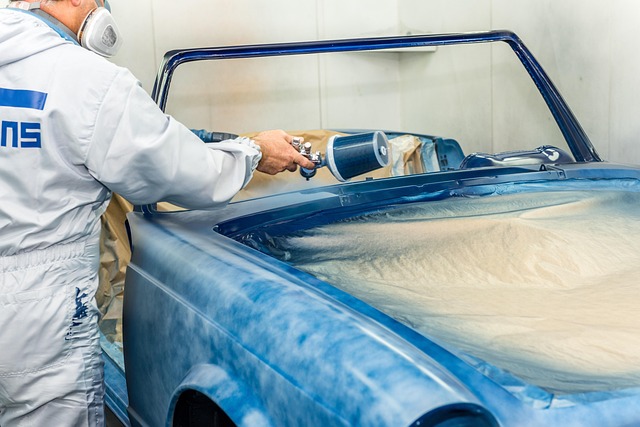Understanding your car's cooling system is crucial for DIY Auto Repairs, as it maintains engine temperature, preventing damage. Key components include the radiator, thermostat, water pump, and cooling fans. Regular maintenance like checking coolant levels is essential to avoid issues like overheating. A DIY Cooling System Flush offers multiple benefits, including early issue identification, optimal cooling, corrosion prevention, and cost savings. Assemblage of a toolkit with quality tools and materials tailored to your vehicle is necessary. Following a step-by-step guide locates the radiator, drains old coolant, fills fresh coolant, and checks for leaks. Select DIY Auto Repairs should be approached cautiously, avoiding common pitfalls like ignoring warning signs or using incorrect parts. Regular maintenance, such as inspecting hoses and monitoring engine noises, prevents costly repairs.
Looking to take control of your car’s cooling system? Discover the benefits of a DIY cooling system flush and learn how to perform this essential maintenance task. From understanding your car’s cooling dynamics to mastering the step-by-step process, this guide covers everything. We’ll walk you through gathering the necessary tools, avoiding common mistakes, and providing maintenance tips for optimal performance. Empower yourself with Select DIY Auto Repairs and keep your engine cool and running smoothly.
- Understanding Your Car's Cooling System
- Benefits of DIY Cooling System Flush
- Gathering the Necessary Tools and Materials
- Step-by-Step Guide to Flushing Your Cooling System
- Common Mistakes to Avoid During the Process
- Maintenance Tips for Longevity and Efficiency
Understanding Your Car's Cooling System
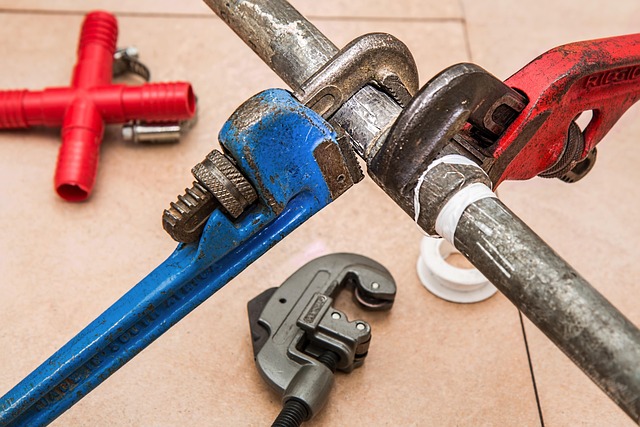
Understanding Your Car’s Cooling System is a crucial step when considering any DIY Auto Repairs, especially for those looking to maintain their vehicle’s performance and longevity. The cooling system is responsible for regulating engine temperature, which is vital for optimal efficiency and preventing damage. At its core, this system comprises several components: the radiator, thermostat, water pump, and cooling fans. These work together to circulate coolant (a mix of water and antifreeze) through the engine, absorbing heat and dissipating it outside.
Regular maintenance, such as checking coolant levels and ensuring proper tire rotation instructions, is essential. Issues like a faulty thermostat or a worn-out water pump can significantly impact performance, leading to problems like overheating. Even tasks like replacing a door handle automotive can enhance access to these components for inspection and repair. Moreover, understanding the basics of your cooling system can make more complex DIY exhaust system repair jobs seem less daunting, empowering car owners to take on various maintenance tasks and save on costs.
Benefits of DIY Cooling System Flush
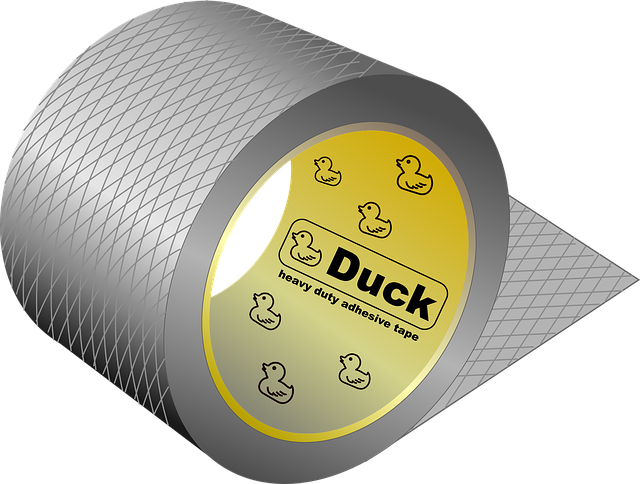
Performing a DIY cooling system flush offers numerous advantages for car owners looking to maintain their vehicle’s performance and extend its lifespan. By taking this task on yourself, you gain a deeper understanding of your car’s inner workings, empowering you to identify potential issues early on. This cost-effective practice involves removing and replacing the coolant, which over time can become contaminated with debris and corrosion, hindering efficient heat transfer. A fresh flush ensures optimal cooling, preventing overheating that could lead to costly repairs like fixing a blown head gasket or even repairing a loose exhaust pipe.
Moreover, regular flushing is a preventive measure against various engine problems, including corrosion and scale buildup in the radiator and cooling system components. This process is particularly beneficial for those who drive in extreme climates or frequently tow heavy loads, as it keeps the system operating at peak efficiency. With a DIY approach, you can select from various auto repair solutions, ensuring you find the best products for your specific needs without the added cost of professional services.
Gathering the Necessary Tools and Materials
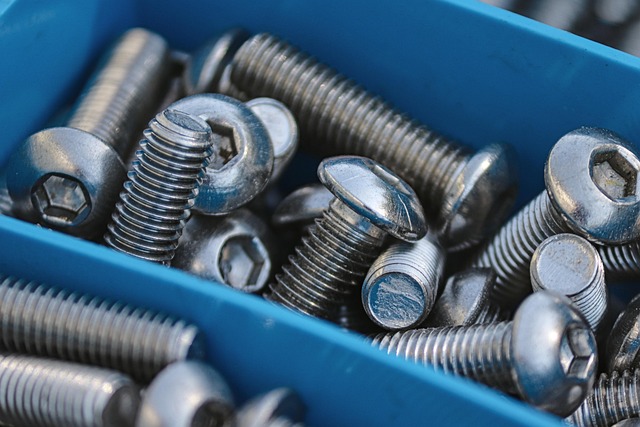
When embarking on a DIY cooling system flush, ensuring you have the right tools and materials is paramount for success. For this task, you’ll need a variety of items that are readily available at most automotive supply stores. Start with a set of high-quality wrenches and sockets suitable for your vehicle’s make and model, as these will be essential for removing and reassembling components. Don’t overlook safety gear, including gloves, eye protection, and a respirator mask, especially if you’re working with old or contaminated fluids.
Additionally, gather the specific coolants, flushers, and seals recommended for your engine, which can often be found in kits specifically designed for DIY auto repairs. Other necessary materials include empty containers for collecting old fluid, rags or shop towels for cleaning, and possibly a set of pliers for more intricate tasks like replacing broken taillight lenses or repairing a dented fender. With these tools and materials in hand, you’re ready to begin the process of an engine tune-up at home, ensuring your vehicle’s cooling system is functioning optimally.
Step-by-Step Guide to Flushing Your Cooling System
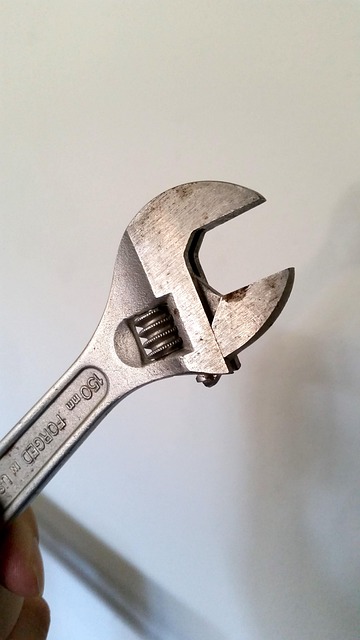
Flushing your cooling system is a crucial DIY auto repair task that can help maintain your vehicle’s performance and longevity. Here’s a step-by-step guide to ensure the process is straightforward and safe. Begin by locating your car’s radiator, typically positioned in front of the engine. Next, gather the necessary tools: a jack, jack stands, a garden hose, and a cooling system flush kit containing special fluid and additives. Elevate the vehicle securely using the jack and support it with jack stands for safety. Remove the radiator cap to release pressure and then drain the old coolant by connecting the hose to the drainage valve. Reinstall the cap temporarily.
Now, open the flush kit and follow its instructions. Fill the system with fresh coolant through the top of the radiator while ensuring all components are filled. Close the radiator cap tightly after pouring in the recommended amount of flush fluid. Start the engine and let it run for a few minutes. Check for any leaks and ensure all fluids are circulating correctly. Once the system is clean, replace your car battery if you’ve noticed charging problems, perform a simple transmission fluid check, and consider DIY brake pad replacement as part of your regular maintenance routine to keep your vehicle running smoothly.
Common Mistakes to Avoid During the Process

When attempting a DIY cooling system flush, it’s crucial to steer clear of common pitfalls that can lead to further damage or costly repairs. One frequent mistake is ignoring warning signs like overheating or unusual coolant colors, waiting until severe issues arise. Always address these symptoms early on to prevent more serious problems down the line.
Another blunder is using the wrong replacement parts, whether it’s a compatible coolant type or incorrect flush tools. Ensure you select DIY auto repairs products specifically designed for your vehicle’s make and model, and follow manufacturer guidelines meticulously. Remember, a hasty approach can compromise the effectiveness of your cooling system, so take your time, gather the necessary knowledge, and prioritize safety throughout the process.
Maintenance Tips for Longevity and Efficiency
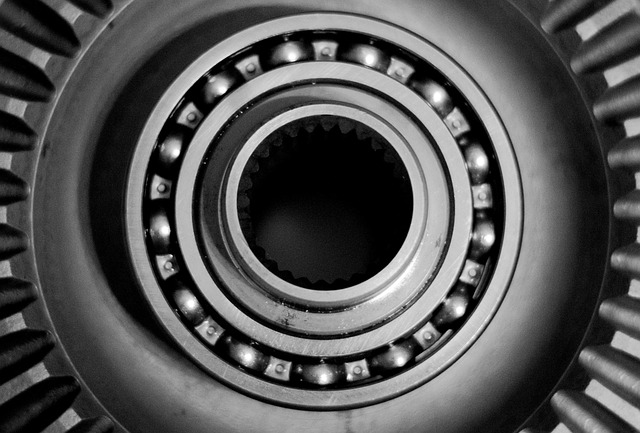
Regular maintenance is key to keeping your DIY cooling system in top shape and ensuring it provides efficient performance for years to come. Start by regularly checking and topping up the coolant levels; this simple step can prevent costly repairs down the line. Remember, a well-maintained system not only enhances the longevity of your car but also contributes to better fuel efficiency.
Other essential tips include inspecting hoses for cracks or leaks and replacing them promptly, especially if they’ve been in place for over five years. Keep an eye out for any unusual noises coming from the engine, as this could indicate a problem with the fan or thermostat. Addressing these issues early on will prevent minor inconveniences from turning into major repairs, such as fixing a low tire pressure or even more complex tasks like repairing a dented fender. Opting for timely maintenance saves you both time and money in the long run when it comes to select DIY auto repairs.
Flushing your car’s cooling system is a valuable DIY auto repair that can significantly enhance its performance and longevity. By understanding your vehicle’s cooling system and following the step-by-step guide provided, you can effectively remove any contaminants, ensuring optimal efficiency. Regular maintenance, including timely flushes, is key to avoiding costly repairs down the line. So, whether you’re a car enthusiast or simply looking to save on auto repair costs, tackling this task with the right tools and knowledge can be a game-changer for your vehicle’s health. Remember, when it comes to DIY auto repairs, selecting the right methods and staying informed are the keys to success.
